LifeWithMyDogs is supported by our audience. When you purchase through one of our links, we may earn a small affiliate commission. As an Amazon Associate I earn from qualifying purchases. Your cost is not affected.
**********
Hey there! Have you ever wondered what makes Australian Shepherds such exceptional companions? Today, we’re delving into the captivating world of these remarkable dogs. From their intelligence to their loyalty and everything in between, we’ll unravel their excellence. So, grab a seat and explore what makes these pups stand out from the pack!
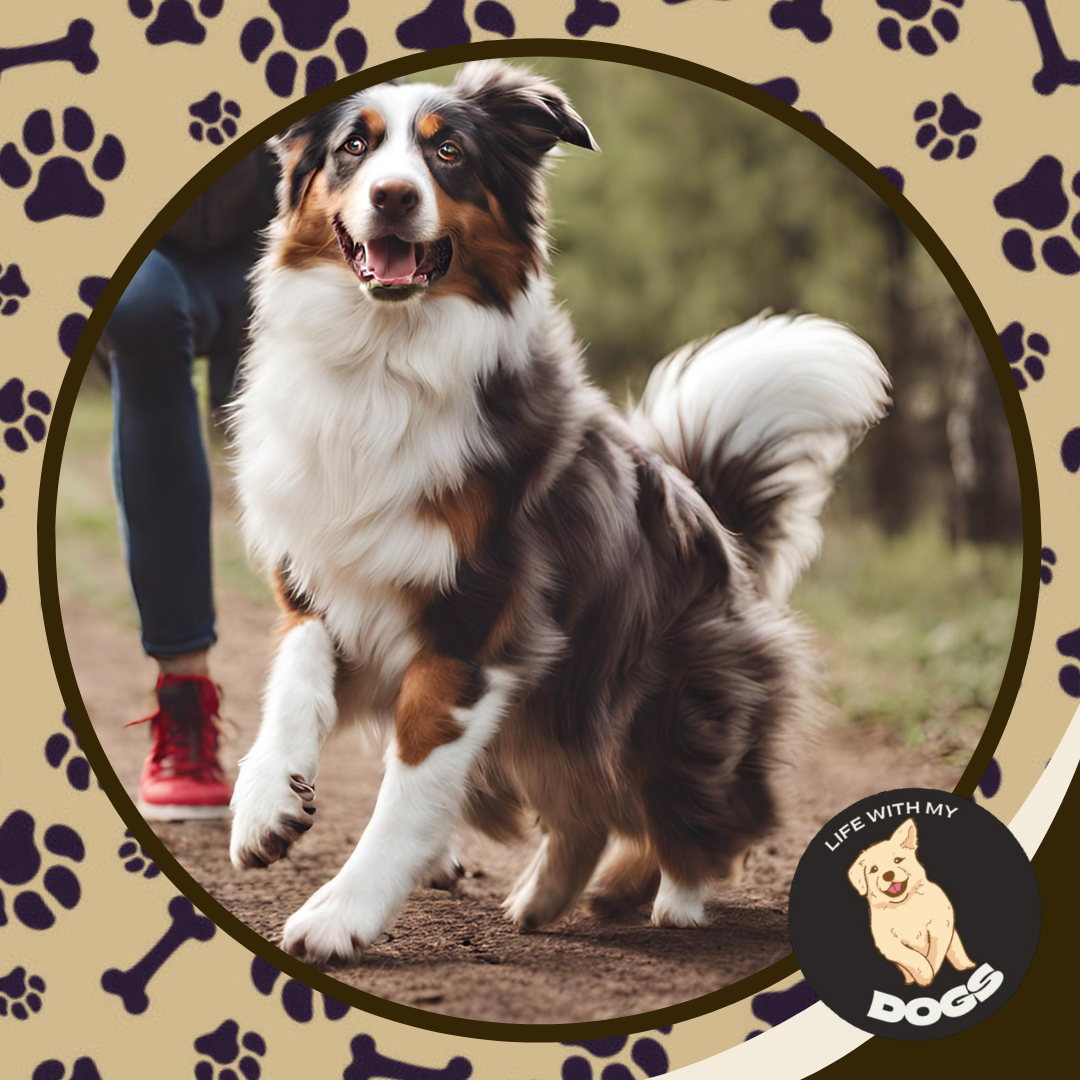
Australian Shepherds: The Complete & Beloved Companion Dogs
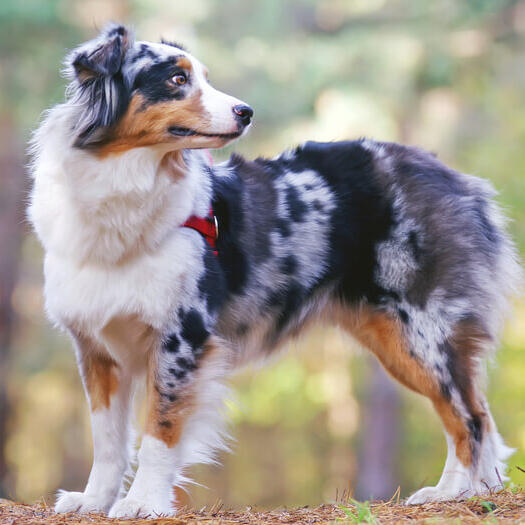
Photo by: Purina
These dogs are of medium size and sporting a long, double coat that may be either straight or wavy. They’re famous for being super smart, energetic, and loyal pals. Aussies are usually keen to make you happy and catch onto training pretty easily, making them awesome buddies for families with kids and other furry friends. But hey, because they’ve got all that energy, they need a lot of exercise to stay happy. They’re total pros at stuff like agility, obedience, and herding. So, are you ready to dive in and learn more about these amazing dogs? Let’s go!
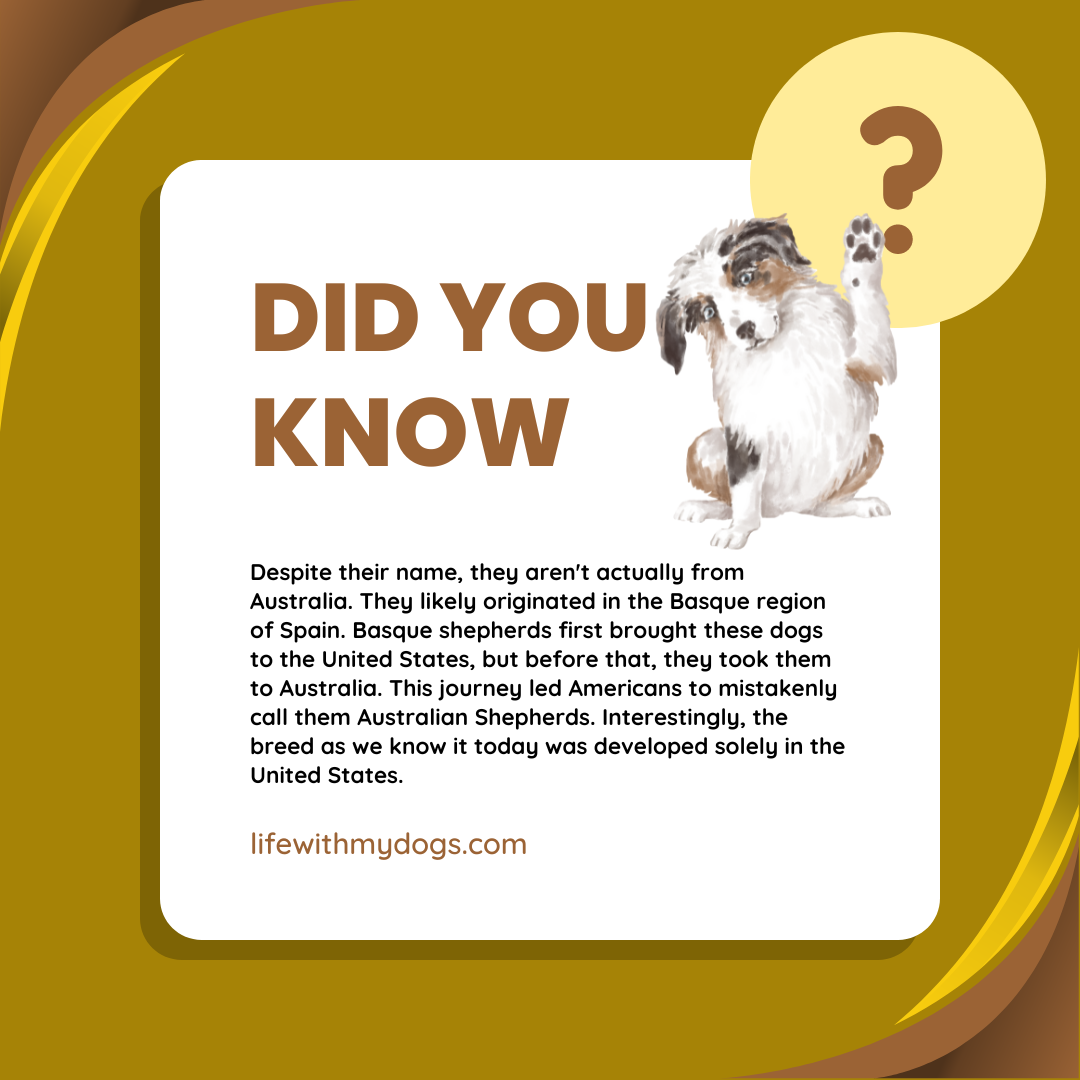
Unraveling the Past: The Fascinating History
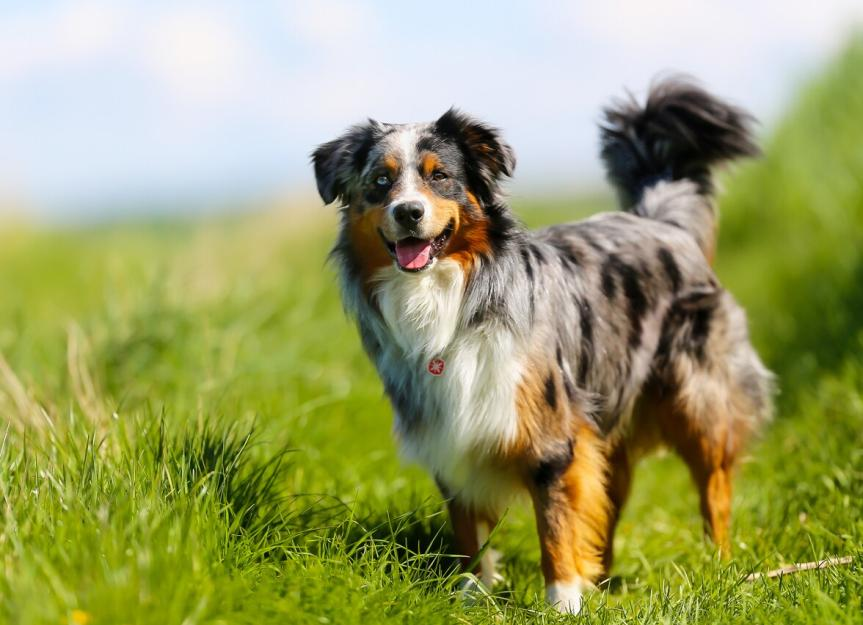
Photo by: PetMD
Despite what their name might suggest, these dogs are homegrown in the USA! Here’s a quick rundown of how the Australian Shepherd breed originated:
Ancestry
Aussie ancestors can be linked back to European herding breeds, including Pyrenean Shepherds and British Collies. It’s thought that some collie and shepherd-type dogs tagged along with shipments of sheep from Australia in the 1840s, which is how they got their name. Breeders back then were all about making them top-notch herders—versatile, hardworking, and brainy.
Basque Connection
So, here’s where it gets interesting. Basque shepherds from the Pyrenees Mountains likely brought their herding dogs with them first to Australia and then later to the U.S. in the 1800s.
American Development
Fast forward to the 1800s and early 1900s, and ranchers in California were mighty impressed by these Basque dogs’ herding chops. They combined them with existing collies and other herding breeds, and voila! That’s how we got the Australian Shepherd we know today.
Misleading Name
Now, the kicker. Since these dogs hitched rides with sheep from Australia, ranchers called them “Australian Shepherds.” And, well, the name stuck!
Even though they didn’t come from down under, Australian Shepherds are prized for their strong herding instincts and are considered one of the most active breeds. They’re not just farm dogs anymore—they’re popular family pets, too. Don’t forget, they still need plenty of exercise to keep those herding instincts in check!
Exploring the Distinctive Physical Traits
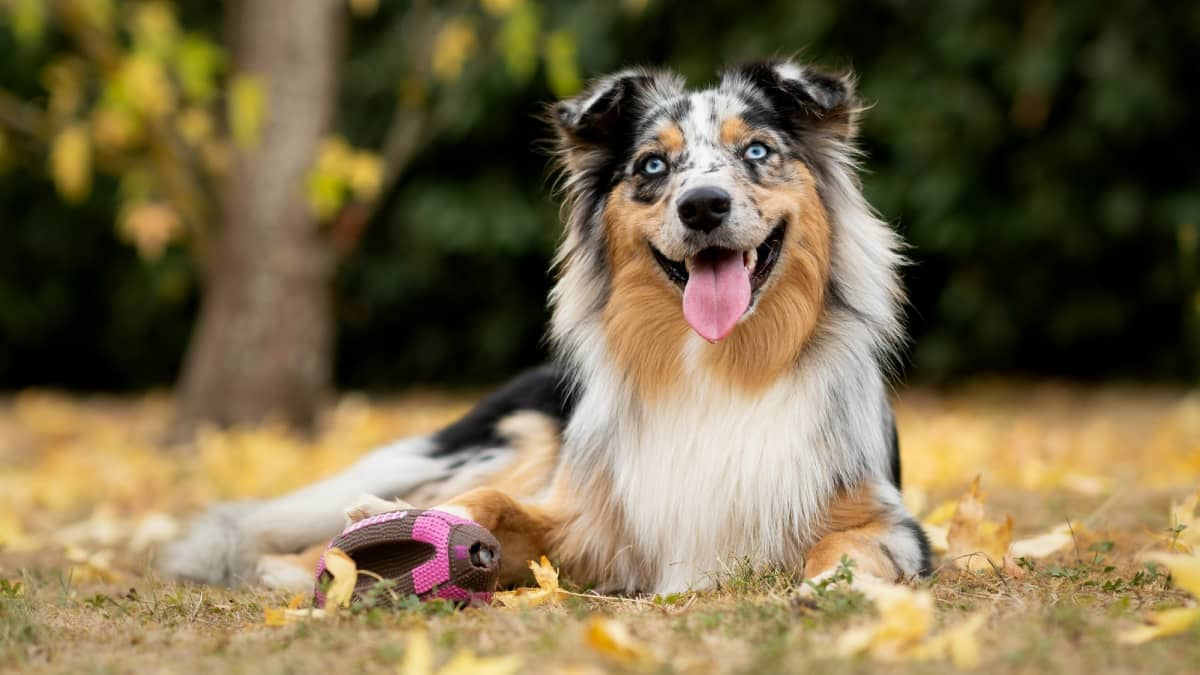
Photo by: PetHelpful
Here’s the lowdown on their physical features:
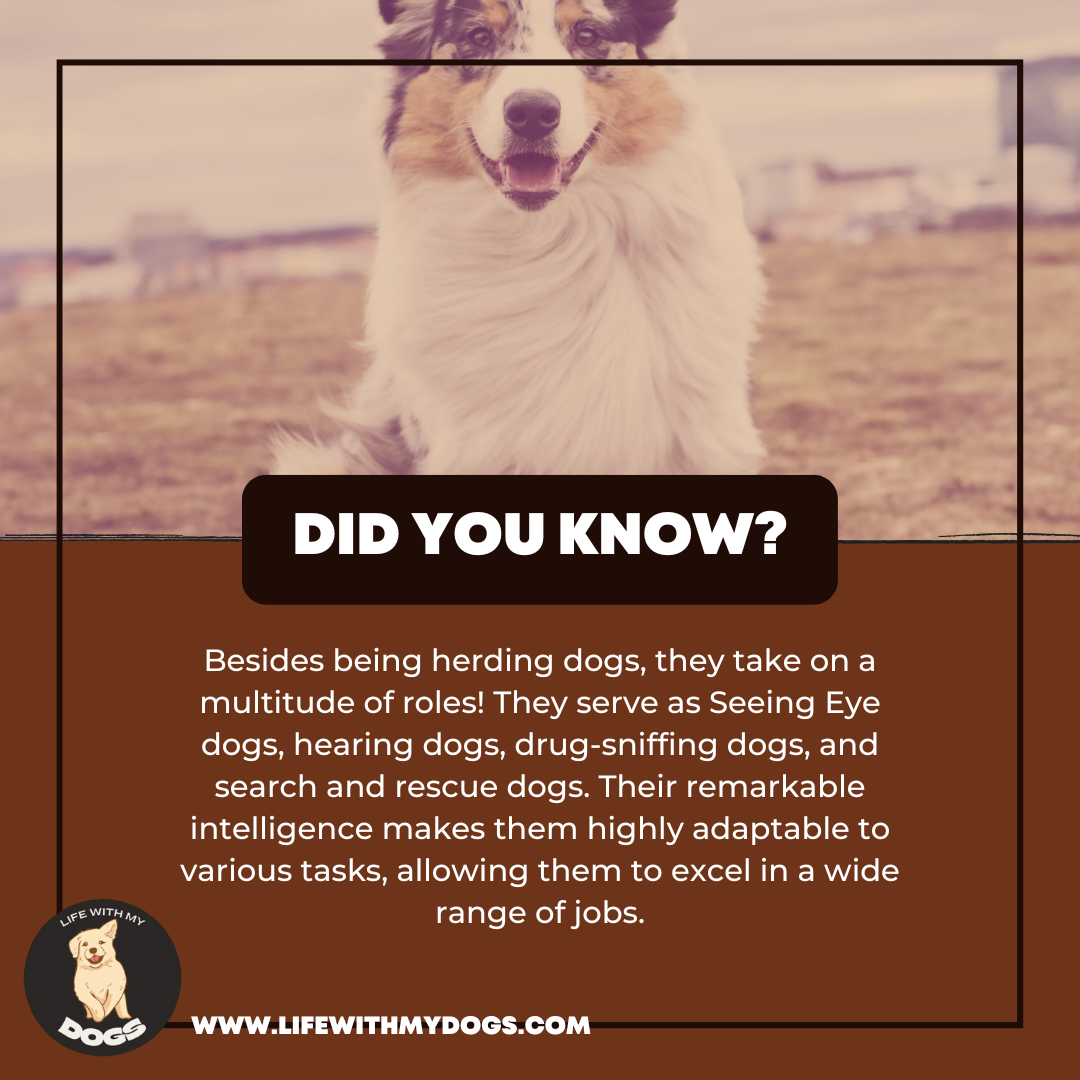
Size
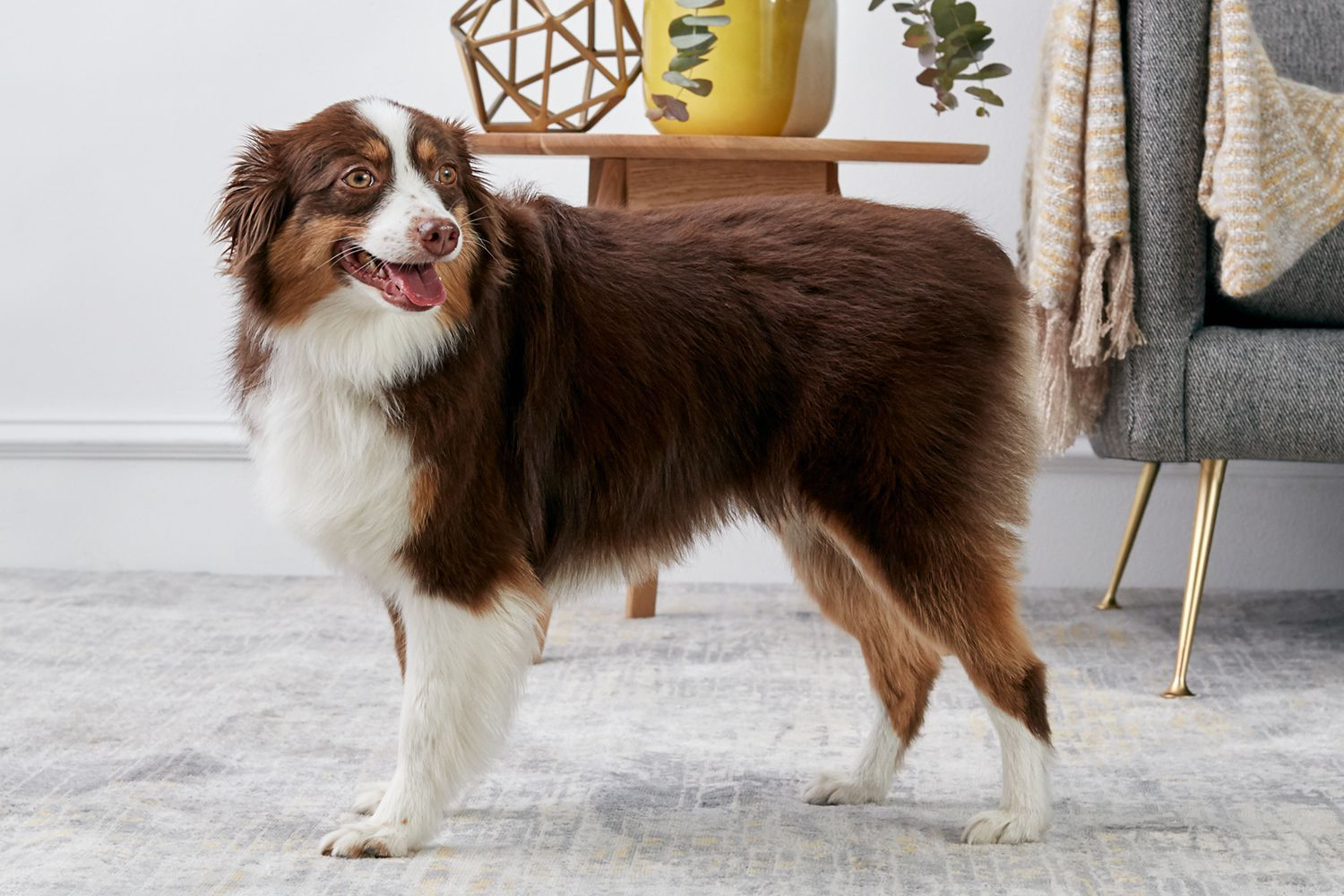
Photo by: The Spruce Pets
These fellas typically stand around 20 to 23 inches tall at the shoulder and weigh in at 50 to 65 pounds. The ladies are a tad smaller, standing around 18 to 21 inches and weighing 40 to 55 pounds.
Coat
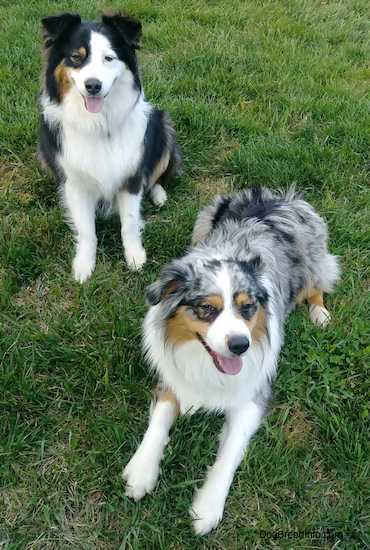
Photo by: Dog Breed Info
One of the most distinctive traits of Australian Shepherds is their medium-length, double coat. This coat may be either straight or wavy and showcases a diverse array of colors and patterns, such as:
- Black
- Red
- Red merle (red with marbled black or gray patches)
- Blue merle (black with marbled gray or brown patches)
Any of these colors with white markings and copper points (around the face and legs)
Head

Photo by: Purina
Take a look at their noggin—it’s perfectly proportioned, with this nice broad muzzle. Their eyes? So alert and almond-shaped, usually rocking shades of brown or blue. Sometimes, you’ll even catch a party-eyed look—one of each color! Their ears are this neat triangular shape, sometimes flopping down or just giving a little perk.
Tail
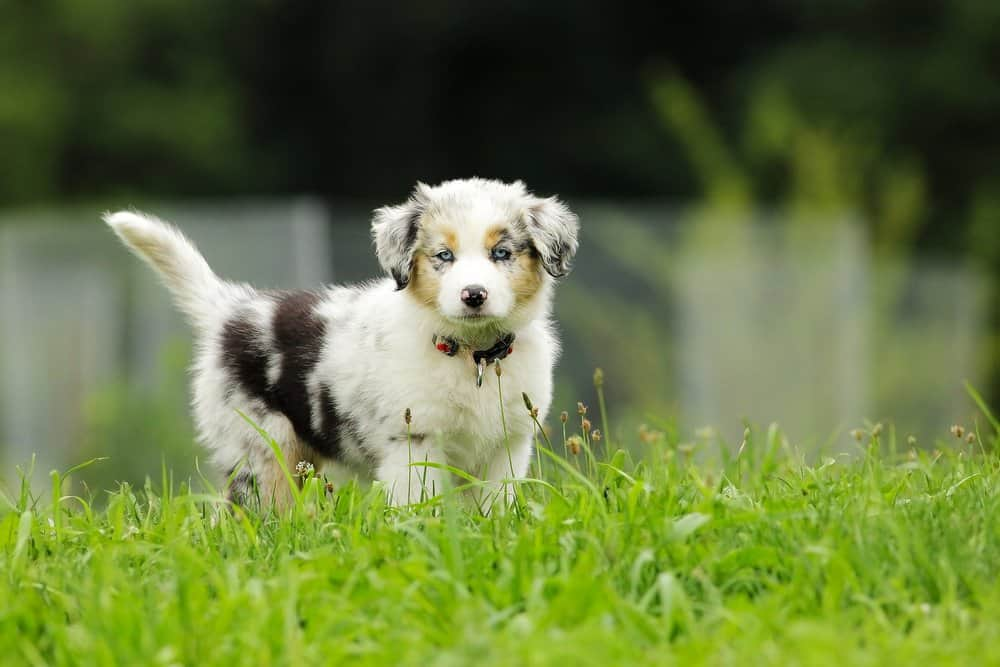
Photo by: A-Z Animals
Now, their tails are naturally long, but you might notice some are trimmed to a medium length, depending on where they’re from. And get this: some Aussies are born without tails at all! All in all, Australian Shepherds are real lookers, sporting this hardworking charm that shines through.
Are Australian Shepherds the Ideal Family Pet?
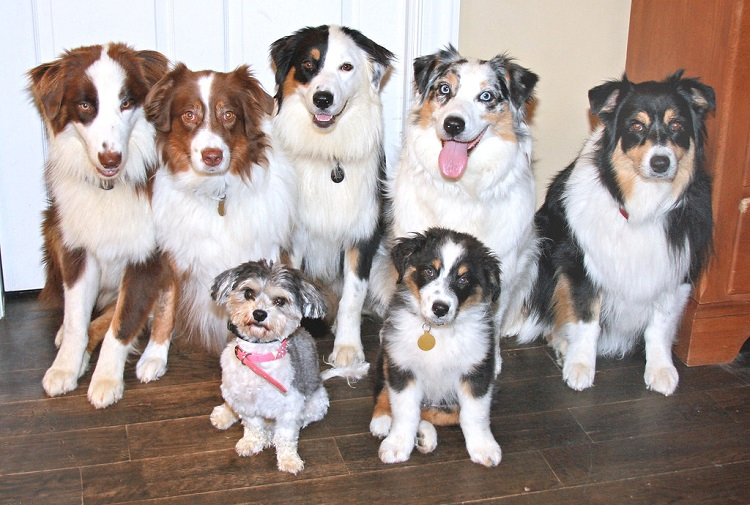
Photo by: World Animal Foundation
Are you considering bringing home an Australian Shepherd puppy as a family pet? They could be a perfect match for your family, but it boils down to your lifestyle and the Australian Shepherd personality. Here’s why they might just fit right in:
Lively and Playful
Aussies are known as highly active and energetic dogs. They thrive on activities like fetch, hiking, and trips to the dog park.
Intelligent and Trainable
Renowned as highly intelligent dogs, Aussies are easily trainable and crucial for instilling good behavior, especially around children.
Loyal and Protective
Aussies form strong bonds with their families and are naturally protective of their loved ones, reflecting their affectionate nature.
Exceptional Herding Abilities
With their exceptional herding abilities, Aussies may display herding behaviors such as nipping at heels or attempting to herd children, but proper training and socialization can mitigate this.
Considerations for High-Energy Breeds
Because they are high-energy breeds, Australian Shepherds need daily exercise and mental stimulation.
Potential for Separation Anxiety
Thriving on companionship, Aussies may develop separation anxiety if left alone for long periods.
The Australian Shepherd dog is a fantastic choice for active pet parents seeking a loyal companion. However, their inherent high energy levels and natural herding instincts mean they thrive best in households committed to providing ample mental and physical stimulation. With proper care and attention, these furry family members will reciprocate with boundless affection and become cherished additions to your family circle.
Working Wonders: Excelling as Working Dogs
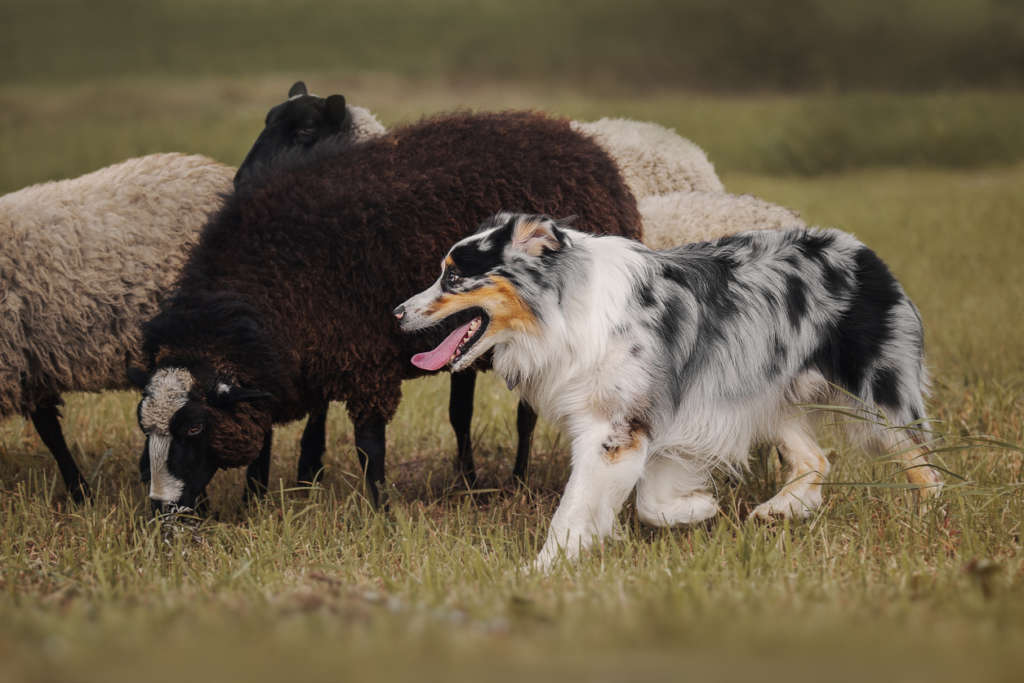
Photo by: BARK Post
Australian Shepherds, originally bred for herding livestock, particularly excel in sheep herding. Their intelligence, agility, and strong herding instincts make them invaluable partners for shepherds and ranchers. Here’s a closer look at Australian Shepherds as working dogs:
- Herding: Their primary function is herding livestock, such as sheep, cattle, and goats. They use their instincts and training to guide herds, keeping them together and moving them from place to place.
- Versatility: Beyond herding, Aussies are adept at other farm tasks, such as fetching tools, alerting predators, and helping to load livestock onto trailers.
- Trainability: Their eagerness to please and high intelligence makes them quick learners. With proper training, they can master a variety of commands and techniques for effective working.
- Working Styles: There are two main herding styles – loose-eyed and strong-eyed. Australian Shepherds are typically loose-eyed dogs. They work close to the herd, using body language and agility to guide the animals.
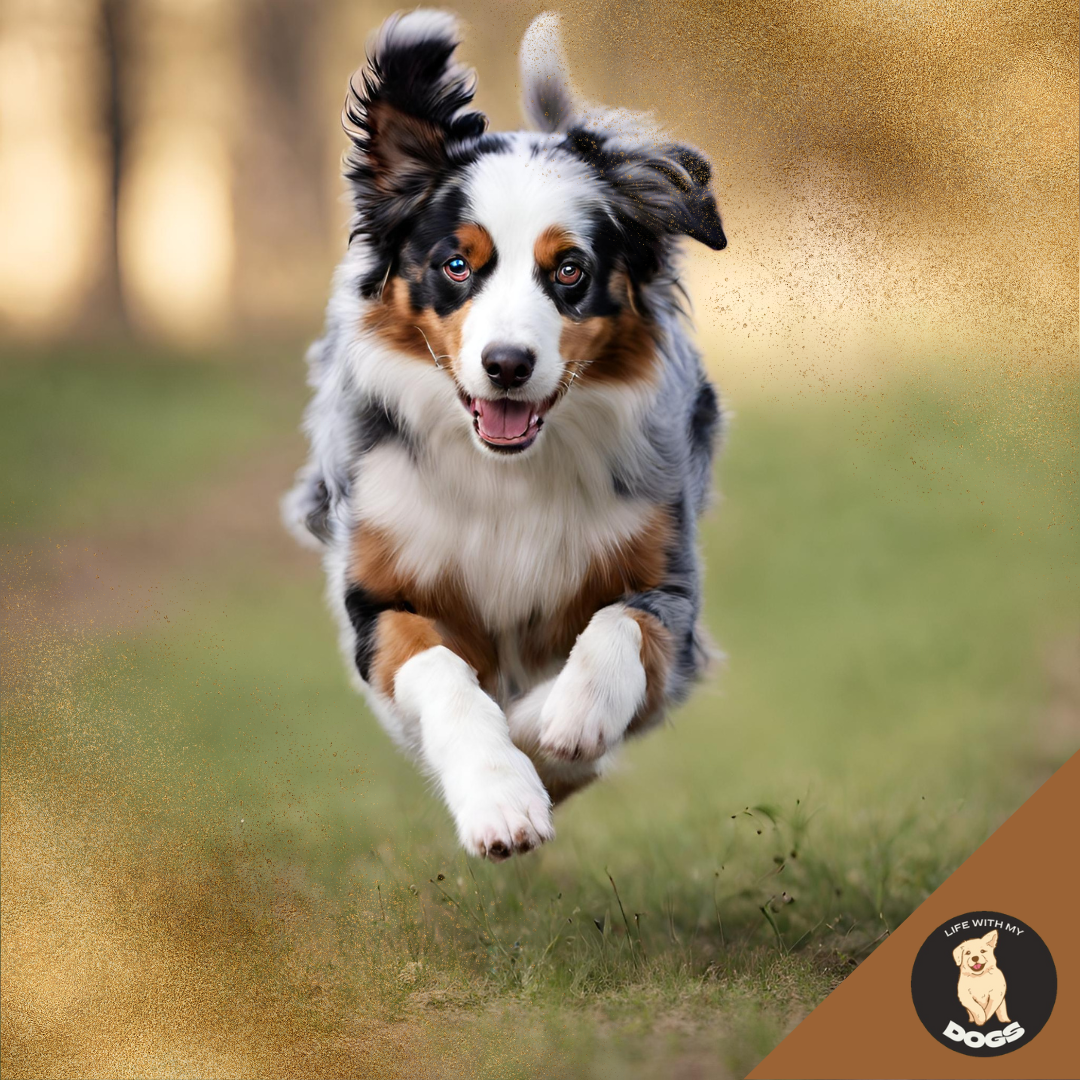
Other Working Roles
Beyond the farmyard, Australian Shepherds are versatile in various working roles, including search and rescue dogs. Check it out:
- Search and Rescue: Their sharp noses and quick learning abilities make them natural for search and rescue missions. Whether it’s finding lost hikers or sniffing out survivors in disaster areas, these active dogs are up for the challenge.
- Police Work: Australian Shepherds aren’t just skilled in herding; they can also undergo training to detect drugs and explosives, providing valuable assistance to law enforcement agencies.
- Therapy Dogs: Their warm-hearted and devoted natures make them perfect candidates for therapy work, spreading comfort and joy wherever they go. Plus, many Australian Shepherd rescue dogs find fulfillment in these roles, giving back to their communities in a truly special way.
Grooming Needs
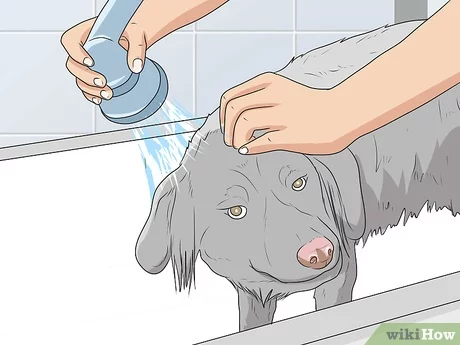
Photo by: WikiHow
Caring for this breed is a breeze regarding grooming, even though Australian shepherds shed. Usually, Australian Shepherds just need an occasional bath and regular brushing to maintain their coat’s health and remove loose hair. Aussies love to get out and play, so how often your pup needs a bath might depend on how much of a mess they make during their outdoor adventures.
Remember dental care and keeping those nails trimmed regularly! When shedding season rolls around, be ready to step up the brushing game to keep that fur under control. Overall, with their active dog lifestyle, these pups are low-maintenance in the grooming department.
Health Issues
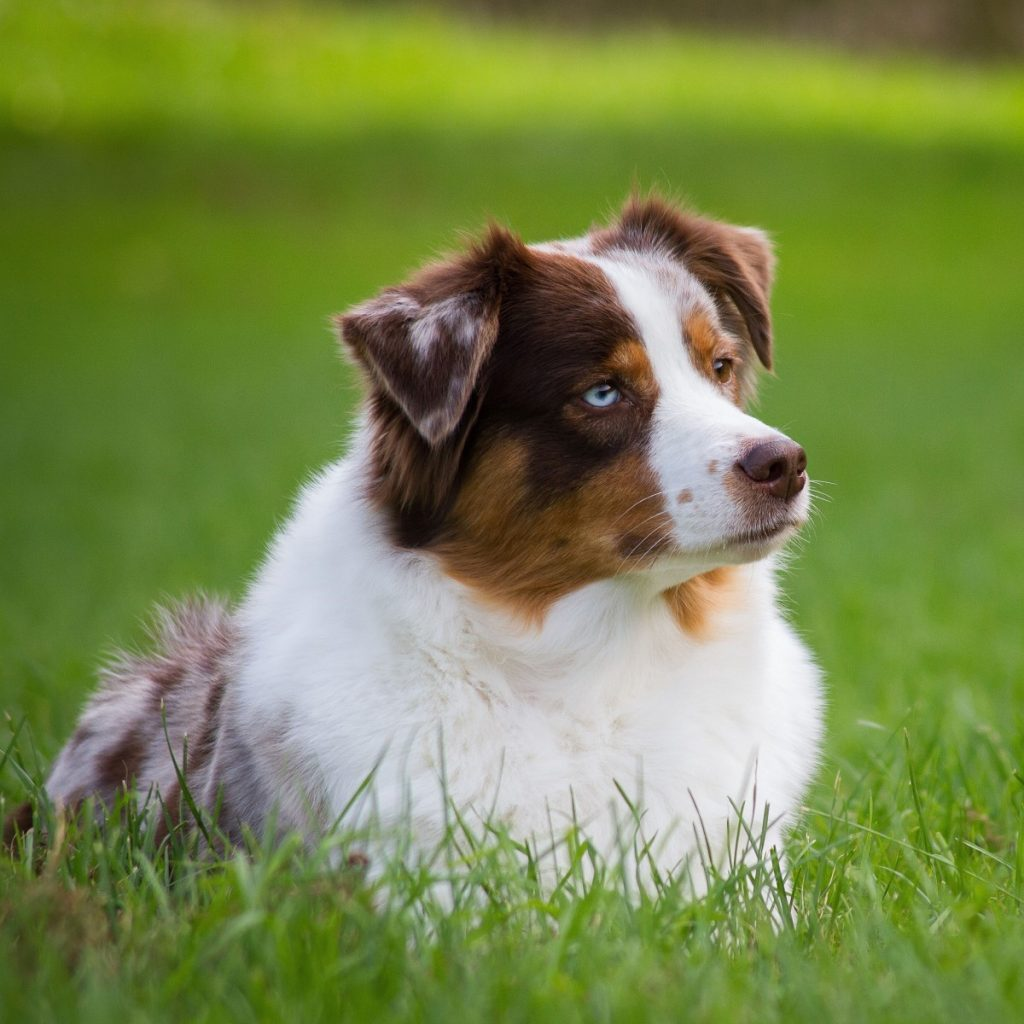
Photo by: Greencross Vets
Just like any other dog breed, Australian Shepherd puppies can be susceptible to various health issues, including hip dysplasia, cataracts, and certain cancers. Ensuring their well-being requires proper care. Here are several key considerations to bear in mind:
- Regular Physical Exercise: Australian Shepherds are energetic dogs that thrive on physical activity. Consistent physical activity keeps them in good physical shape and contributes to their mental well-being and overall health.
- Healthy Diet: Feeding your Australian Shepherd puppy a balanced and nutritious diet appropriate for its age and activity level is crucial for its growth and development. A diet rich in quality proteins, vitamins, and minerals supports its overall health and may help prevent certain health issues.
- Vet Check-Ups: Regular vet check-ups can help early detect and manage such conditions, ensuring your puppy’s long-term health and mobility.
Incorporating these practices into your care routine can help your Australian Shepherd puppy grow into a healthy and happy adult dog.
Meeting the Exercise Needs
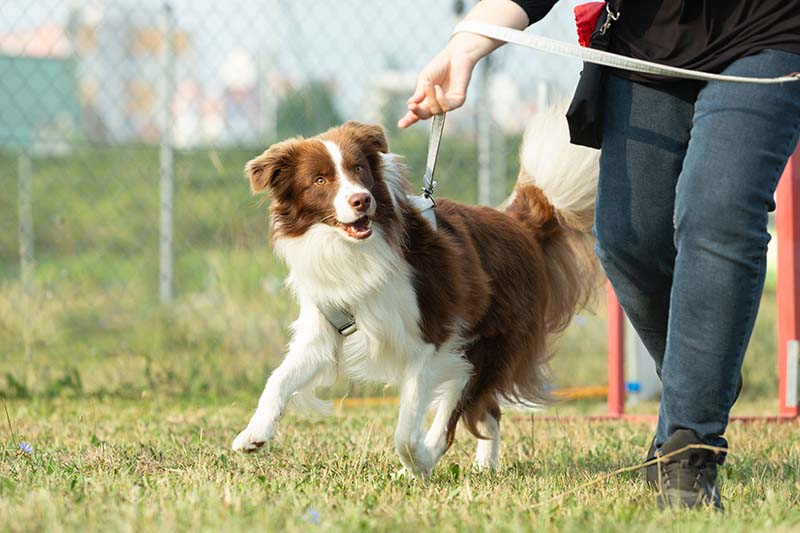
Photo by: Hepper
Australian Shepherds are known for their abundant energy and need plenty of exercise. As highly active dogs, they thrive on physical activity and mental stimulation. Here’s how to ensure your Aussie stays happy and healthy:
Amount of Exercise:
- Minimum: Aim for at least two hours of exercise daily, including walks, playtime, and engaging in dog sports.
- Ideally: Exceed two hours to meet their energetic needs fully.
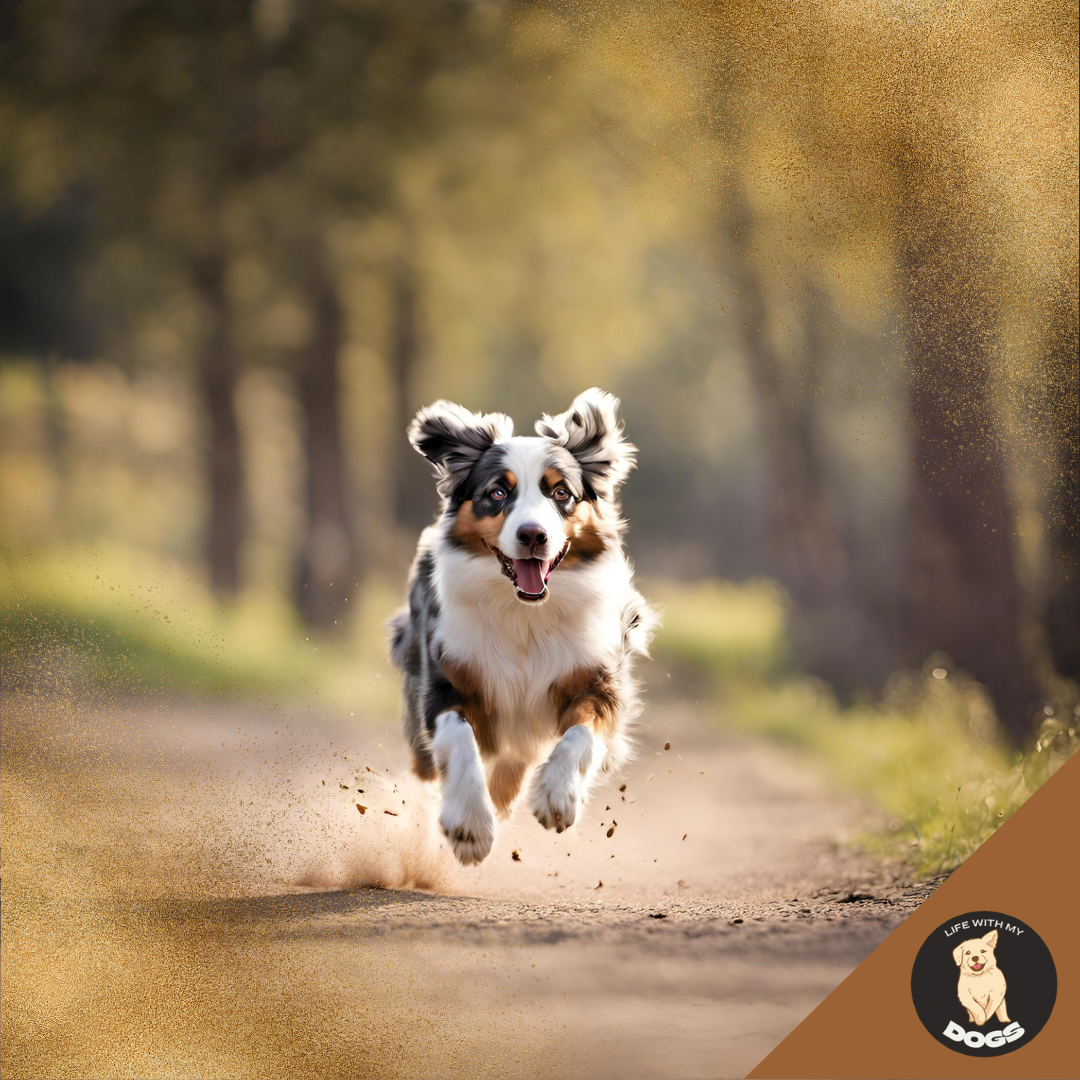
Types of Exercise:
- Physical Activity: Regular walks should be brisk and stimulating, providing physical and mental exercise. Running and playing fetch are favorite activities for Aussies to burn off energy.
- Mental Stimulation: Obedience training sessions are essential for Aussies, as they thrive on learning new tasks and commands. Interactive puzzle toys provide mental exercise and keep them mentally engaged.
- Dog Sports: Participating in dog sports provides physical exercise and challenges them mentally, contributing to their overall well-being.
By incorporating regular training sessions, engaging in dog sports, and providing plenty of mental stimulation, you can ensure your Australian Shepherd remains happy, healthy, and well-adjusted.
Nurturing Harmony: Australian Shepherds, Children, and Other Pets
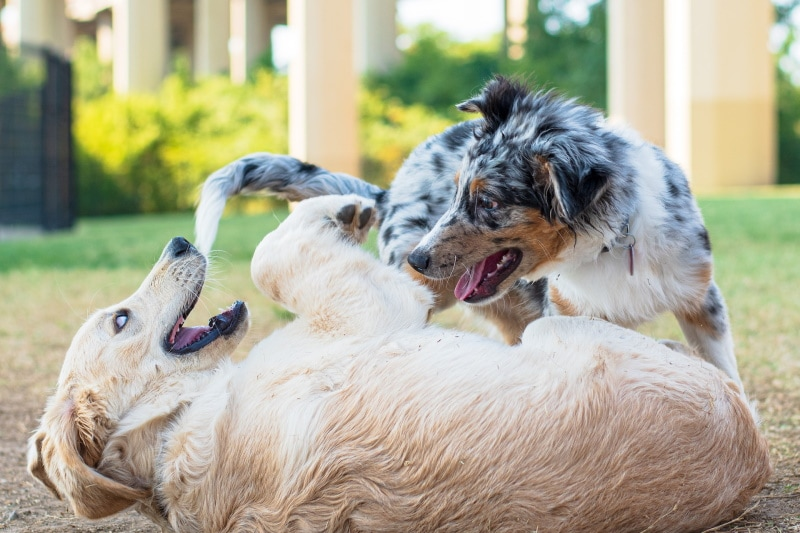
Photo by: Hepper
Australian Shepherds have a natural herding instinct, often extending their care to include kids as part of their “flock.” However, teaching your Aussie that chasing or nipping at kids isn’t acceptable behavior is crucial. Once they grasp this concept, Aussies can be fantastic companions for families with children.
It is important to educate children on how to approach and interact with dogs safely. It’s important to always supervise interactions between dogs and young kids to prevent accidents such as biting or pulling on ears or tails.
Teach your child to respect a dog’s space, especially during meal times or rest, and never attempt to take food away from them. No matter how friendly a dog may seem, it’s essential to never leave them unsupervised with a child.
While Australian Shepherds can get along with other pets, they may instinctively try to herd them, which might not sit well with cats. Monitoring your Aussie’s behavior around other pets is best until they learn to coexist peacefully.
The Awesome Australian Shepherd
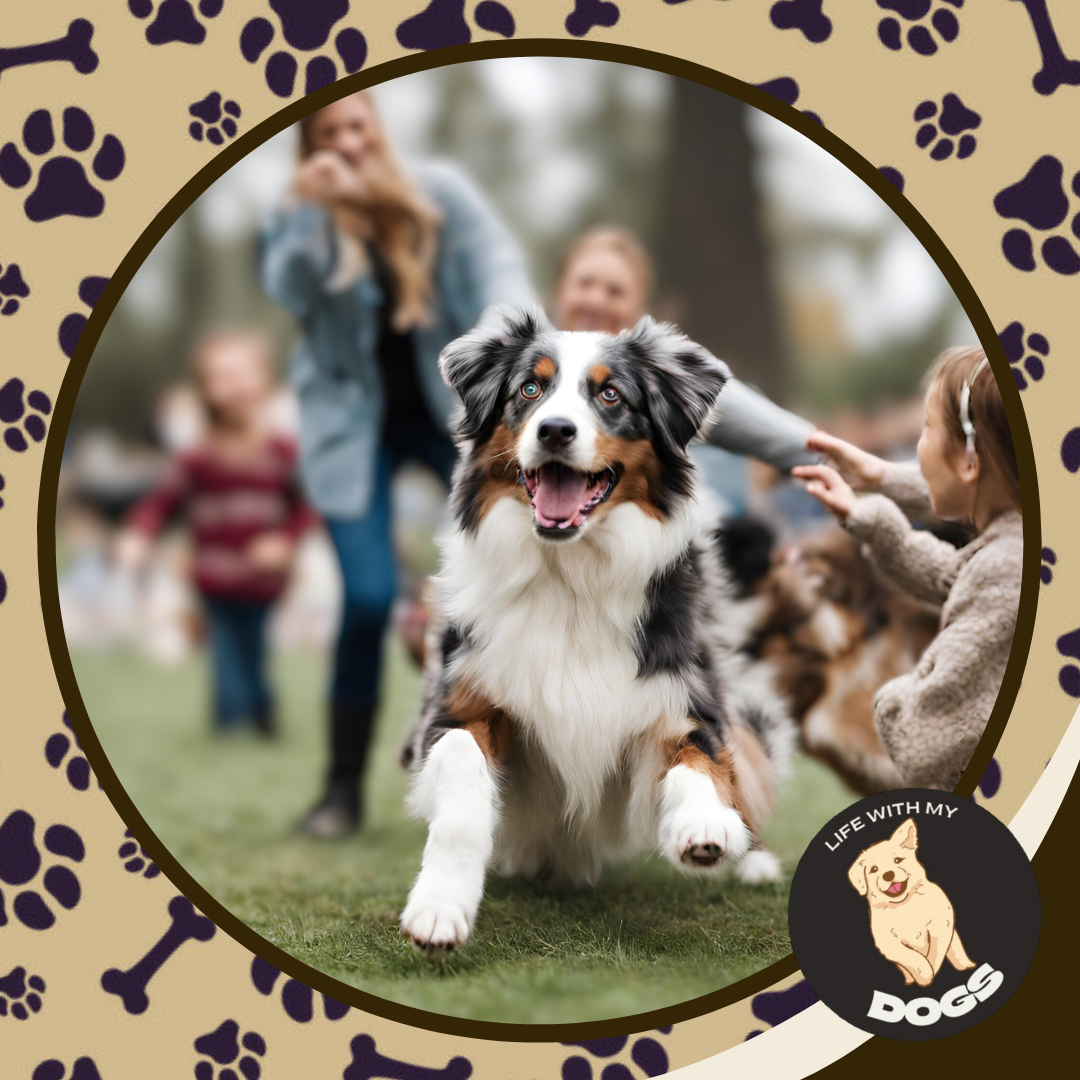
Australian Shepherds embody a blend of intelligence, athleticism, and affection, making them cherished companions in various settings. Understanding their history, physical characteristics and exercise requirements allows you to tap into the full potential of these exceptional dogs, enriching both your life and theirs. So, whether you’re considering adding an Aussie to your family or simply admiring their remarkable qualities from afar, let us continue to celebrate and appreciate the unparalleled charm and vitality of the Australian Shepherd breed.
FAQs
How Long Do Australian Shepherds Typically Live?
The typical lifespan of an Australian Shepherd is 12 to 15 years, which is relatively high for medium-sized dogs. With the right care, such as a nutritious diet, consistent exercise, and regular check-ups at the vet, some Australian Shepherds can even reach the impressive age of 18.
Does the AKC recognize the Australian Shepherd?
The American Kennel Club (AKC) officially recognized the Australian Shepherd in 1991.
Embark on an Adventure in the Pet Lover’s Paradise!
Dive into a world of furry friends and fantastic finds by connecting with us on social media! Immerse yourself in captivating content insightful product reviews, and become a part of a vibrant community.
Instagram: lifewithmydogs2 Follow us on Instagram for an overflow of heartwarming snapshots and exciting pet escapades!
Pinterest:lifewithmydogs2 Explore a treasure trove of pet inspiration and ideas on Pinterest, where each pin leads you to creative possibilities!
Facebook: 1LWMD Like us on Facebook to keep your finger on the pulse of all pets – from heartwarming stories to the latest pet gear trends!
Twitter: LifeWithMyDogs9 Join the conversation on Twitter, where you can chirp away about the newest pet happenings and stay ahead of the pack with the latest pet trends!


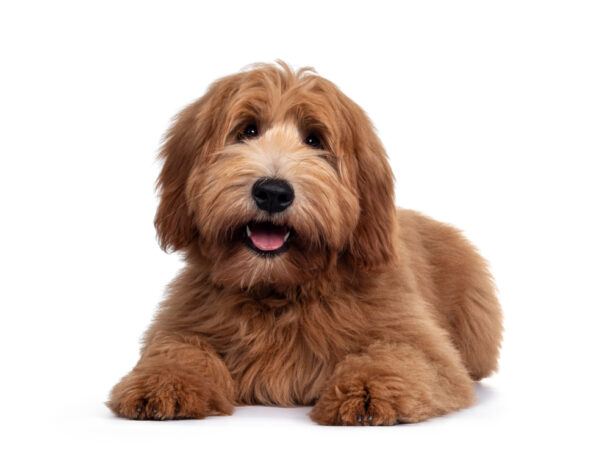
I’m planning to adopt a Australian shepherd. This article helps me understand their breeds!!!
I’m glad you found it helpful! Please check out our other articles, too.